1. Amplifies Employee Motivation and Engagement: Social recognition boosts employee pride, intrinsic motivation, and commitment by acknowledging their achievements in public settings, thereby enhancing the perceived value of rewards.
2. Promotes a Positive Work Culture: Public recognition inspires other employees, fosters a culture of appreciation, promotes fairness, and strengthens teamwork and collaboration, especially in remote environments.
3. Enhances Employer Brand: Sharing employee achievements on social media and other public platforms elevates the organization’s brand, attracting top talent by showcasing a culture that values contributions.
4. Best Practices for Implementation: To maximize impact, organizations should regularly organize recognition events, involve top leadership, enable peer-to-peer recognition, leverage digital platforms, and utilize multiple channels, including social media, for broader visibility.
Rewarding and recognizing employees effectively is a top priority for all organizations looking to build a committed and engaged workforce. Hence, organizations are always looking for ways and means to enhance the impact of employee rewards and recognition. Social recognition is one such method that has gained much popularity in recent years.

Social recognition is all about acknowledging and appreciating the efforts and contributions of employees in a social setting, either physical or digital.
These could be team meetings, town halls, company events, intranets, internal collaboration platforms such as Teams or Slack, email newsletters, or social media posts.
Social recognition focuses on highlighting employees’ achievements to others or even people outside the organization.
Recognizing employees socially is emerging as a potential game-changer for employee recognition programs.
Making it integral to rewards and recognition programs can add tremendous value for organizations.
It can become the key to building a thriving, inclusive work environment where employees feel valued and appreciated.
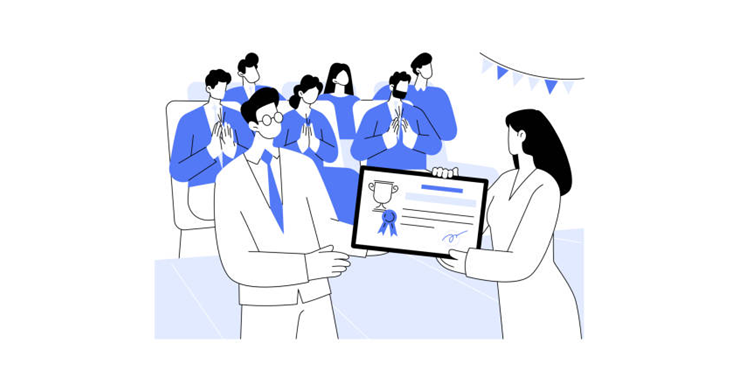
So, how can social recognition become a potential multiplier of the impact of employee recognition programs? Here goes.
1. Enhances Pride and Sense of Achievement
2. Drives Intrinsic Motivation
3. Inspires Other Employees
4. Drives Loyalty and Commitment
5. Promotes Transparency and Fairness
5. Promotes Transparency and Fairness
7. Creates a Culture of Appreciation
8. Enhances Remote Employee Engagement
9. Increases Employer Brand Value
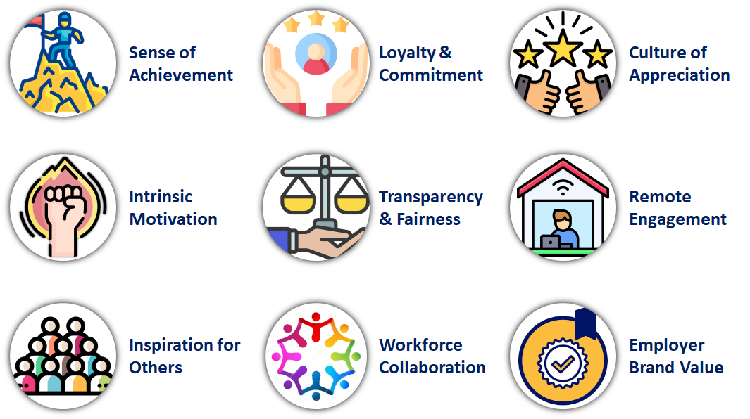

Getting recognized socially amplifies the self-esteem and pride of employees.
The social visibility of the recognition, in front of their co-workers only boosts their happiness and satisfaction of getting rewarded.
Hence, the perceived value of the recognition received increases manifold.

Social recognition goes a long way in boosting the intrinsic motivation of employees.
When employees feel inspired internally, the impact of any extrinsic rewards increases several times.
Hence, recognizing employees socially can enhance their motivation and commitment significantly.
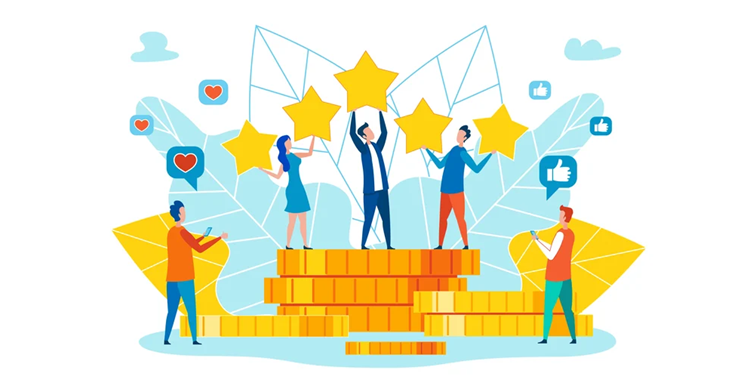
Recognizing socially makes other employees aware of the achievements and efforts of their co-workers who have earned them recognition.
It inspires them to work towards emulating their performance and achievements.
It can set a virtuous circle of high performance and social recognition that can fuel productivity and business growth.

There is no better way to promote employee loyalty and commitment than recognizing them socially.
It assures employees that the organization takes pride in their achievements and is willing to show them off.
Hence, it enhances their comfort, security, and satisfaction with their employer and encourages them to stay on.
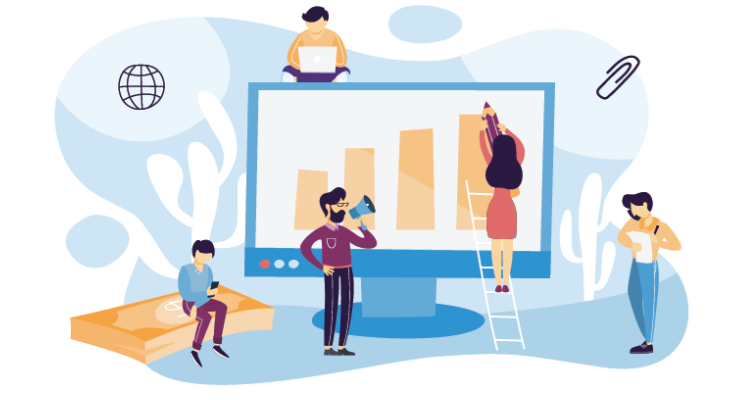
Organizations can build trust and genuineness around employee recognition by recognizing their employees socially.
Highlighting employee achievements publicly helps provide other employees with a clear understanding of why their peers deserve recognition.
Hence, it casts away any doubts or distrust they might have about the fairness of the recognition program.

When employees in an organization receive recognition socially, it increases their visibility across teams.
Therefore, it can promote teamwork and even cross-functional collaboration.
It can boost the overall efficiency and productivity of the workforce.

Social recognition helps in creating a culture of positivity.
It encourages supervisors and employees to recognize their co-workers openly without any fear or hesitation.
Appreciation becomes a cultural norm across the organization.
It helps build a positive work environment with mutual appreciation, respect, and trust.

Employees working remotely develop more significant connections with their co-workers and organizations when they receive social recognition.
It helps in bridging the gap in the emotional connection among remote employees due to the lack of physical proximity.
It also makes them feel genuinely valued and integral to the organization despite operating in isolation.

When done publicly on social media, employee recognition can significantly enhance the employer brand value of the organization.
It sends a strong positive message that the organization values its employees and appreciates their contribution.
It can give it an edge while attracting top talent from the industry.
Implementing social recognition correctly is vital for organizations to maximize the benefits of making it an integral part of the employee rewards program.

So, here are a few best practices for recognizing employees socially that organizations should follow:
1. Organize Recognition Events
2. Make Them Regular
3. Involve the Top Leadership
4. Maximize Employee Participation
5. Promote Peer-to-Peer Recognition
6. Use Digital Recognition Platform
7. Leverage Internal Communication Platforms
8. Utilize Social Media
9. Consider Other Channels
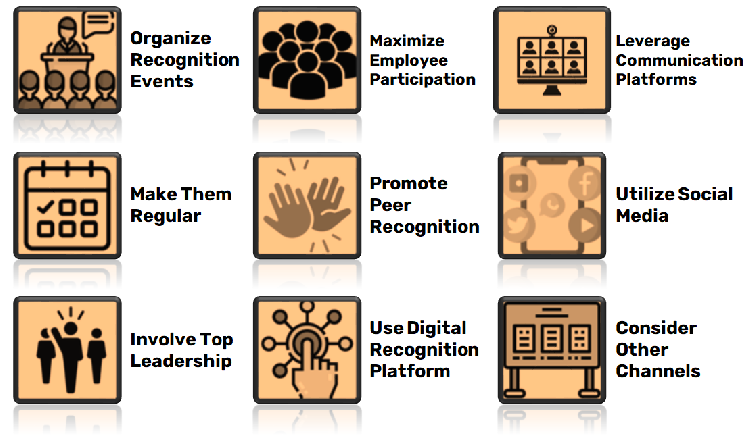
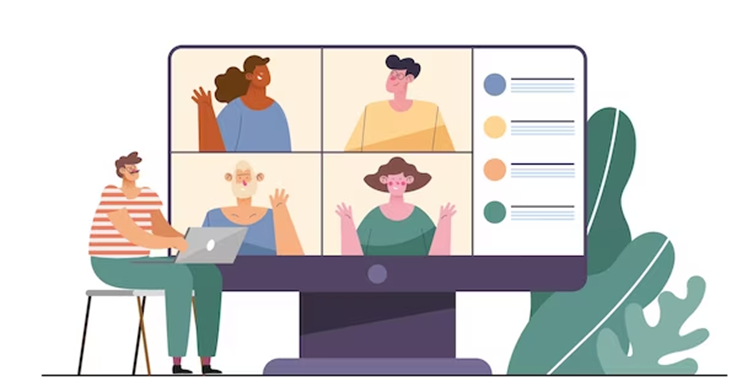
Organizations should consider recognizing their top-performing employees during various events, including floor huddles, team meetings, town halls, and annual events.
They should also look at organizing dedicated recognition events such as award ceremonies regularly.
Organizations with a geographically dispersed workforce or working remotely should utilize digital platforms such as Zoom, Teams, and Google Meet to organize virtual award ceremonies as part of regular meetings or as separate events.

Whether online or offline, it is crucial to offer social recognition consistently to make it more impactful.
Organizations need to focus on recognizing the efforts and achievements of employees in a public setting regularly.
Also, organizations should encourage their managers and supervisors to publicly recognize their team members for exceptional performance as and when it occurs.

The involvement of the top leadership can provide the right visibility to employee recognition.
An announcement can be via an email from the CEO’s desk to all employees, announcing the quarter’s award winners.
Or a member of the top management felicitating the best performers in a town hall or an all-hands meeting.

Organizations need to ensure that a maximum number of employees can attend these recognition events, whether physical or digital.
A large-scale award ceremony should be planned either as a part of a town hall all-hands meeting or a standalone event. If a significant number of employees are working from home or other locations, video or web conferencing should be considered.
It can maximize the visibility of those employees who receive recognition during these events.
So that other employees can become aware of their achievements and feel inspired.

Empowering and enabling employees to recognize their peers and co-workers is another effective way to make the program more impactful.
Peer-to-peer recognition is a great way to drive social recognition.
It enhances employee engagement and creates a more pleasant and positive work environment.

Investing in good employee recognition software can boost the effectiveness of social recognition.
Such platforms make the process of recognition easy and seamless for supervisors and peers.
The organization can publish the recognition updates on these platforms instantly and make them visible to employees across the organization.
Most platforms include a virtual wall of fame with all the award winners, and a virtual leaderboard showcasing the top winners.

Most organizations today use collaboration tools such as Intranets, Slack, Teams, Workplace, etc., for efficient communication within the workplace.
Hence, broadcasting about the achievements or contributions of employees is a great way to recognize them socially.
It works well, primarily when many employees work remotely or across multiple locations.
When the digital recognition platform integrates with internal communication platforms, the updates about recognition can be propagated across the organization quickly and seamlessly.
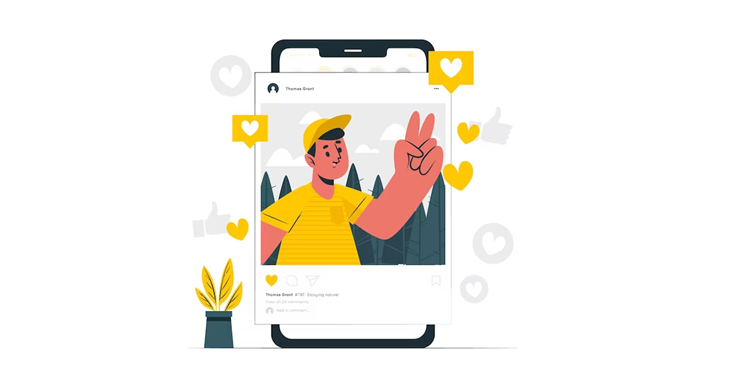
Social visibility need not be limited to employees of the organization only.
The recognition can be posted on social media platforms, such as Facebook, LinkedIn, Twitter, etc., using the company’s social handles.
Social media is one of the best ways to highlight the good work and achievements of employees to a larger audience outside the organization.
Even employee recognition platforms can be integrated with social media, enabling employees to share rewards and recognition using their social handles.
Sharing pictures or videos of employee recognition events on social media is also good.

Organizations can also consider using LEDs and other display units in prominent areas of their workplaces to showcase their top achievers.
Posters, banners, standees, tent cards, etc at different places in the workplace such as entrance lobbies, pantries, cafeterias, and work areas, etc. are other options.
Other ideas worth considering include creating a physical wall of fame to showcase award winners and setting up ‘thank you’ boards.
Additionally, organizations can think of recognizing their top performers on their corporate websites to maximize public visibility.
Social recognition is an effective tool for creating a culture of high performance and appreciation. It can boost employee morale, productivity, and engagement. Hence, recognizing employees socially is a key step towards creating a great work environment and driving business growth.

Lead author: Sagar Chaudhuri, the Co-Founder and CEO of HiFives. He is an HR Tech Evangelist with over 25 years of corporate and entrepreneurship experience. In the past, Sagar has worked in leadership roles with companies such as Genpact, Infosys, and ICICI Bank. He has an engineering degree from IIT Kharagpur and an MBA from IIM Lucknow. Connect on LinkedIn
To stay updated on the latest HiFives blogs, follow us on Twitter (@MyHiFives)